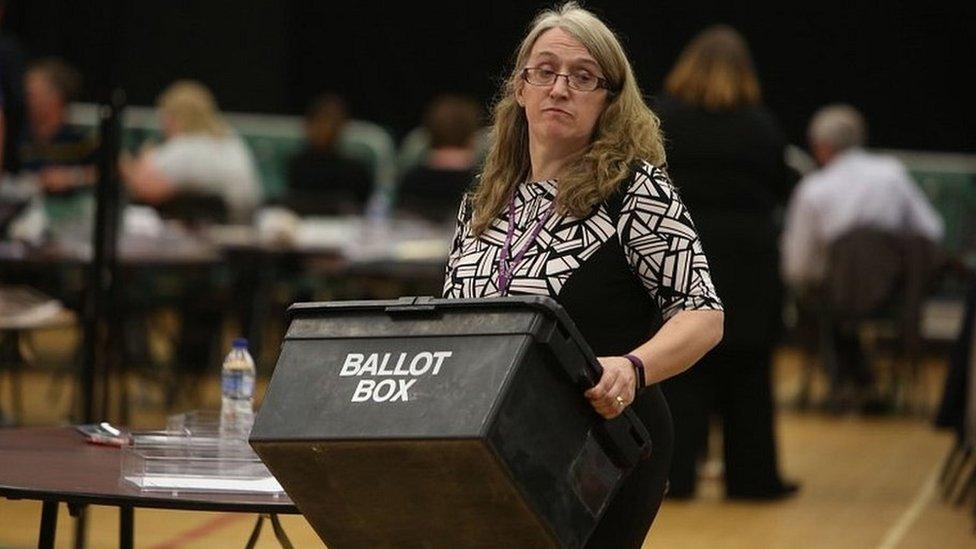General election 2019: 10 things you need to know about the campaign
- Published
We've had key messages hammered home, the odd gaffe and rows over TV debates.
But what else have we learnt since Boris Johnson called a snap election?
1) It's been a presidential-style campaign
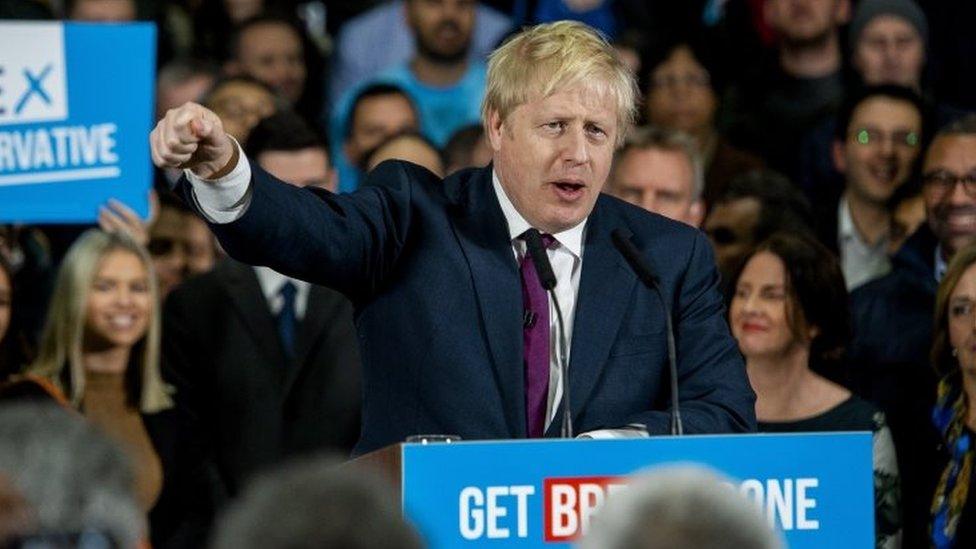
We don't have a presidential voting system in the UK, but you wouldn't know it from the campaigns of the two main parties.
The choice is between Boris Johnson and Jeremy Corbyn, the Conservatives and Labour have said throughout - with both leaders travelling up and down the country to appeal to voters.
We have barely seen some of the front bench - Home Secretary Priti Patel or Business Secretary Andrea Leadsom at main campaign events, for example - and on Labour's side we haven't seen shadow Brexit secretary Keir Starmer or shadow foreign secretary Emily Thornberry.
But, during a sit-down interview with BBC Breakfast, Mr Corbyn said it was "not a presidential election".
He was responding to a question on whether he has been a hindrance on the doorstep, amid reports that some candidates are finding voters do not want to support him personally.
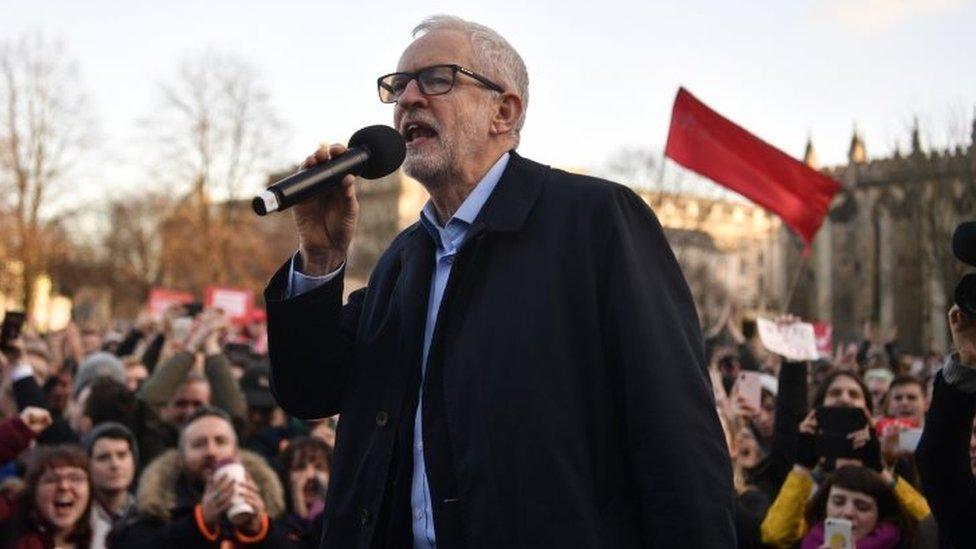
Our political editor Laura Kuenssberg says the voters she has met on the campaign trail are fixed on the two central characters of Boris Johnson and Jeremy Corbyn - they are so well-known.
She says both have bands of "true believers" but the men who are vying to be prime minister are also facing very serious doubts from some of the public.
2) Parties have upped their digital game - but there has been misinformation and 'fake news'

The battleground is no longer just on the doorstep and campaign trail - as we know, it's online too.
On Facebook, the parties splurged the cash. At one point earlier this month, the Facebook Ad Library showed that about 2,500 adverts paid for by the Conservative Party were live, compared with 3,000 for the Liberal Democrats, but only 250 for Labour.
And this time, there were also non-party groups sending Facebook users ads.
But there has been some criticism of the way platforms have been used.
The Conservatives were criticised for posting an edited video of Labour's Keir Starmer on their social media and for rebranding their @CCHQPress account - the Tory press office - as "factcheckUK" during the ITV debate between Mr Johnson and Mr Corbyn.
And Labour was questioned over a claim posted on Facebook that a Conservative trade deal with the US after Brexit could cost the NHS up to £500m a week, by driving up the price of medicines.
Now, a campaign group is calling for fact-checking of political advertising to be a legal requirement after what it describes as a "fake news and disinformation general election".
But controversy over social media election campaign posts has potentially helped to spread political messages, according to one media analyst.
In recent days we've seen misinformation over the case of the four-year-old boy, Jack, who was pictured on the floor of Leeds General Infirmary after being admitted with suspected pneumonia.
The hospital apologised and despite a statement from the hospital's chief medical officer, numerous posts spread on social media claiming the photo was staged.
Our Reality Check team have been busy fact-checking claims throughout this campaign, see more from them here.
3) Rows over TV interviews and... blocks of ice
What Andrew Neil wants to ask Boris Johnson
Boris Johnson faced accusations that he was "running scared" from scrutiny after failing to take part in a sit-down BBC interview with Andrew Neil - something that led the presenter to issue a direct challenge to the PM.
Mr Johnson did not face Neil - like the other main party leaders - but the Tory party leader says he has taken part in two head-to-head debates and "118 sit-down interviews with journalists" during the campaign.
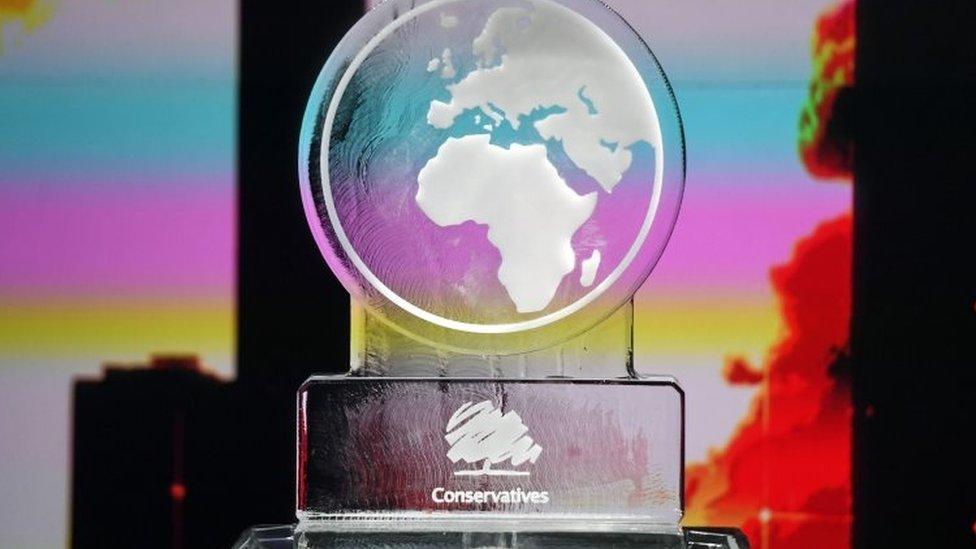
And Channel 4 "empty chaired" the Tories and the Brexit Party with ice sculptures during its climate change debate. The Tories complained to Ofcom over impartiality, but the regulator decided not to investigate. It concluded that the Conservative viewpoint had been given due weight.
4) Will Labour's 'red wall' fall over Brexit?
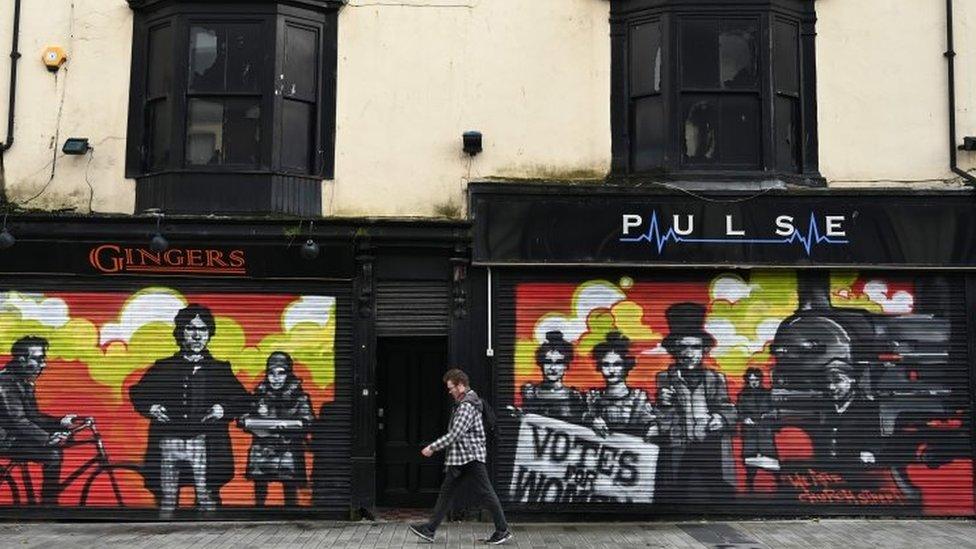
In Hartlepool, a Leave-voting area, could long-held allegiances to Labour cause a political earthquake?
We know that the Conservatives and the Brexit Party are targeting Labour Leave voters - while the Labour Party has been campaigning hard to keep them on side.
During the campaign, both of the main party leaders have travelled to these areas - in north-east Wales, the Midlands and the north of England, which are said to form Labour's "red wall" - to make their pitches.
Polling expert Sir John Curtice says if Mr Johnson is to win an overall majority, he is likely to have to win a significant number of marginal seats from Labour.
Of Labour's 50 most marginal seats, 39 voted in favour of Leave in the 2016 referendum and in 16, more than 60% voted for Brexit.
5) Key messages have been hammered home
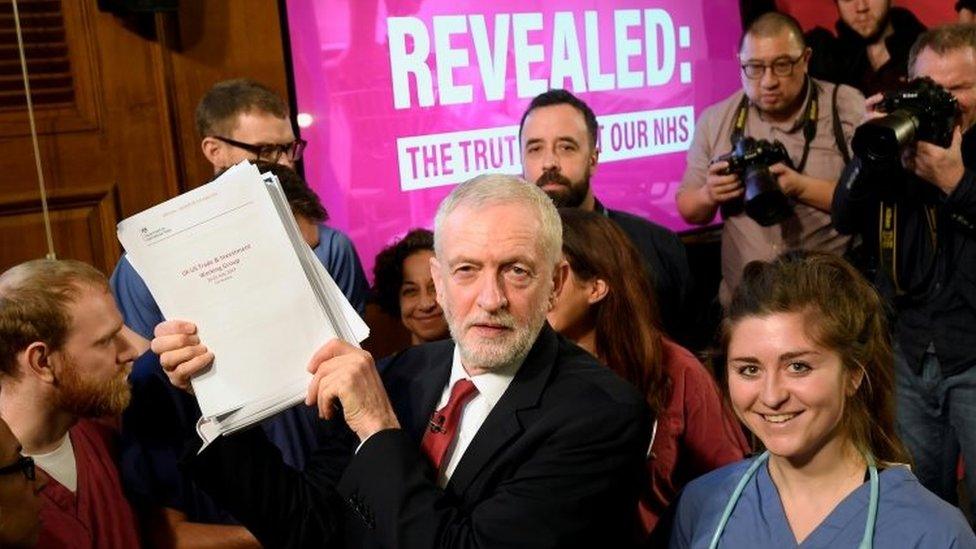
Remember "strong and stable" from the 2017 campaign?
Well, that's long gone and, for the Conservatives, has been replaced with "get Brexit done", with Mr Johnson promising to take the UK out of the EU by 31 January.
The party's campaign has been all about what the election was called over in the first place - Brexit.
For Labour they have hammered their message on the NHS - that if the Conservatives get into power that puts the NHS at risk of being "on the table" in any post-Brexit trade negotiations with the US - something the Tories have denied will happen.
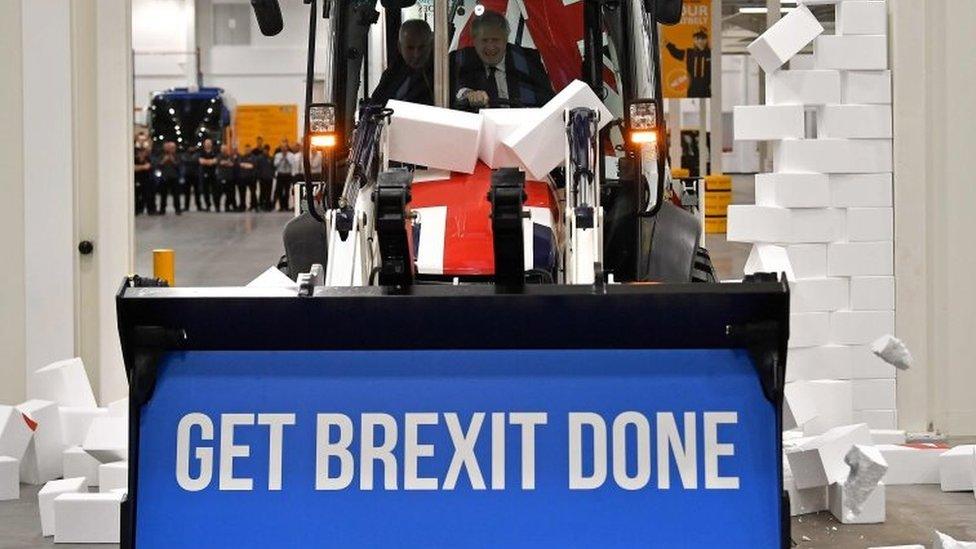
The Liberal Democrats, on the other hand, want to "Stop Brexit. Build a brighter future", and the SNP says it is "stronger for Scotland". The party has "stop Brexit" on the side of its battle bus.
The SNP has been pushing for a second Scottish referendum, saying it is confident Labour would support a further vote if the party was in a minority government situation.
6) Politicians are always at risk of derailing their campaign last-minute
Moment Boris Johnson put ITV reporter's phone in his pocket
In what has seen to be a generally stable campaign, the last few days have proved rocky for both the Conservatives and Labour.
Boris Johnson was criticised after initially refusing to look at a picture of a sick four-year-old boy who had to sleep on the floor of a Leeds hospital.
An ITV reporter tried to show Mr Johnson the picture on his phone, but he refused to look, before taking the device and putting it in his pocket.
Mr Johnson eventually looked at the picture and apologised to the family.
Jonathan Ashworth: "Of course it makes me look like a right plonker"
Then Labour's Jonathan Ashworth apologised to his party after he criticised Jeremy Corbyn in a secret recording by his Tory activist friend.
In a recording leaked to Tory-supporting website Guido Fawkes, external, Mr Ashworth is heard saying he did not believe Labour would win the election.
Mr Ashworth has insisted he was "joshing around" in the conversation, while Mr Corbyn claimed the story was "irrelevant".
7) Was this the 'climate change election'?
Jo Swinson confronted by Extinction Rebellion protesters
During this election, we've heard a number of "green" pledges and polling at the beginning of the campaign revealed a potentially significant shift, elevating the environment to being among voters' top priorities.
Greens co-leader Sian Berry called it the "climate election" at the campaign launch for the Green Party of England and Wales, saying "some things are even bigger than Brexit".
A Friends of the Earth survey suggested that Labour had the strongest policies to protect nature and combat climate change.
Its election pledges narrowly beat the Green Party and the Liberal Democrats - with the Conservatives far behind, according to the environmental campaign group.
What to look out for on climate change and the environment in this election
And climate change protesters in bee costumes from Extinction Rebellion glued themselves to the Liberal Democrats' electric bus, as well as the Conservatives' bus.
Lib Dem leader Jo Swinson defended her party's climate change policy to protesters in bee costumes, who said the plans were "not ambitious enough".
8) Polls, trends and tactical voting
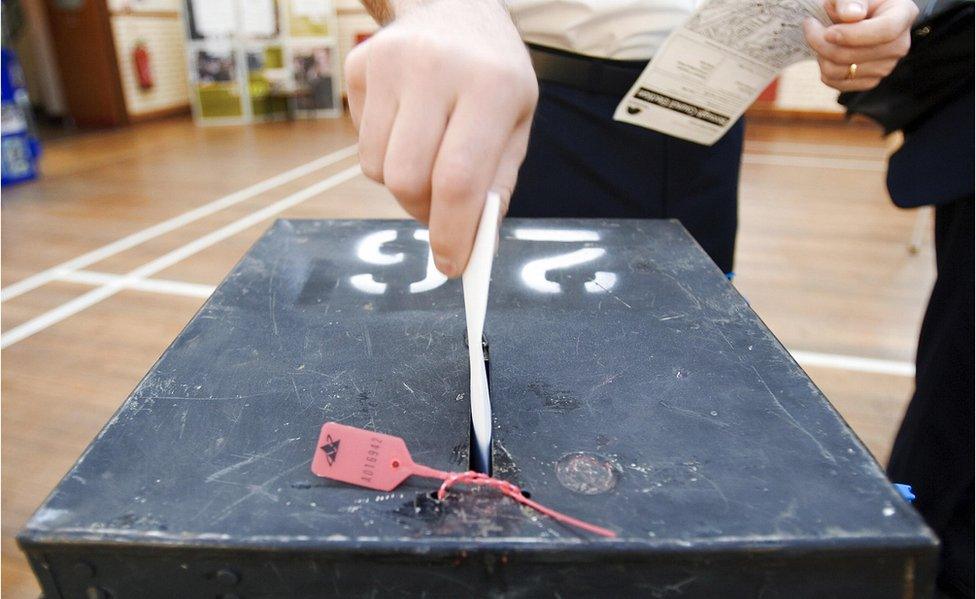
The election campaign has been marked by calls for tactical voting from both sides in the Brexit debate.
Prof Stephen Fisher, an election analyst at the University of Oxford, says: "Among Leave supporters, tactical voting is likely to come into play in constituencies where the Brexit Party and the Conservatives are competing to take a seat from a party that is sympathetic to another referendum.
"Tactical voting among Remain supporters is much more complicated because it involves more parties, with varying Brexit policies."
He says that relatively small changes in the number of votes a candidate receives have the potential to make a big difference.
BBC's political editor Laura Kuenssberg sums up the election campaign
In terms of the trends, our political editor Laura Kuenssberg says that actually, not much has changed during this campaign.
The Tories have been broadly ahead for most of the time, with Labour struggling to close the gap, and the Lib Dems haven't made the kind of breakthrough people thought they might do a few months ago.
And the SNP look likely to stay dominant in Scotland.
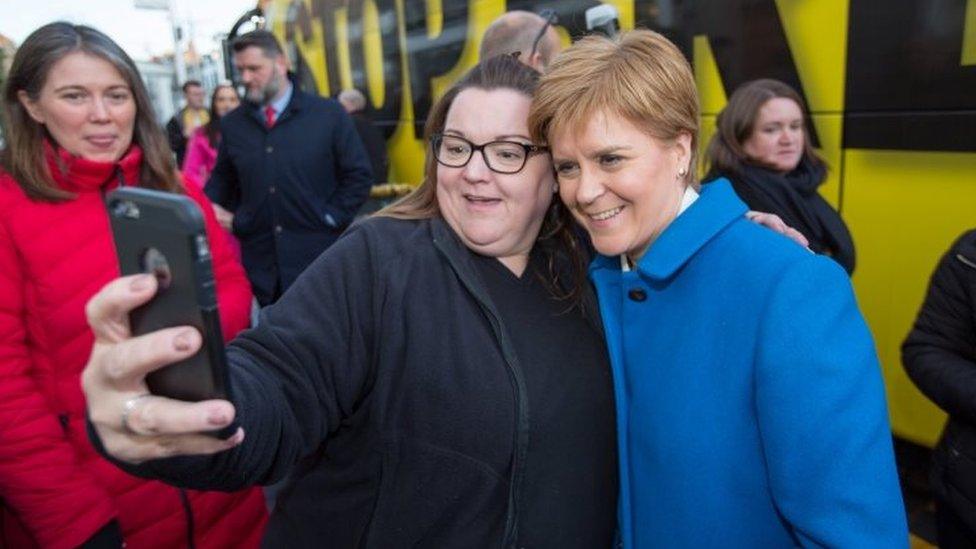
Can the SNP retain its dominance in Scotland?
Polling expert Sir John Curtice says there have been two trends in the polls during this campaign - but they have effectively negated each other.
The Conservative vote is up - but so is the Labour vote, with the Brexit Party and Lib Dems being squeezed by both parties.
"The net effect on the Conservative lead has been effectively zero," Sir John says.
9) A record number of women are running for office - and a high number of independents
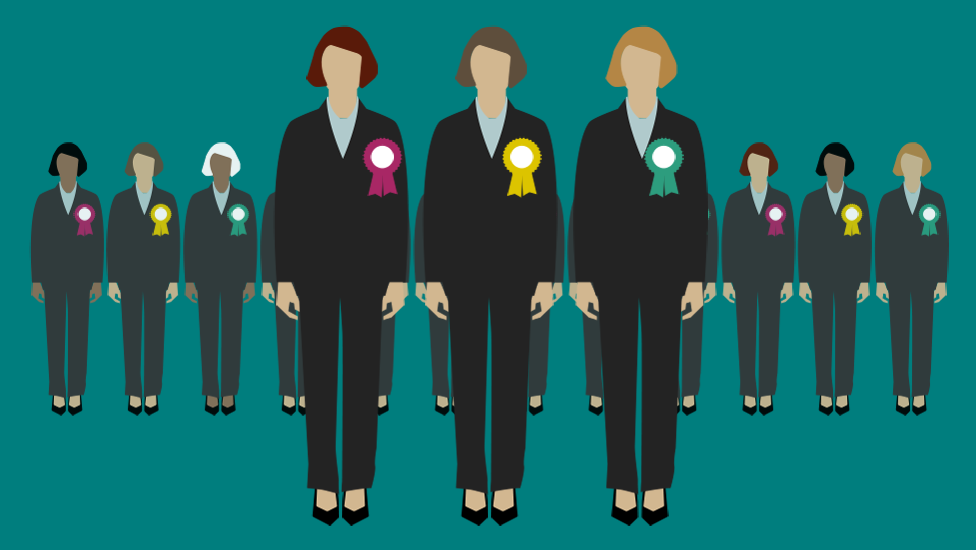
At the beginning of the campaign, BBC analysis of Press Association figures found 1,124 of 3,322 registered candidates were women.
That's an increase from 2015's record of 1,033 - but in 2017, just 973 female candidates took part in that year's snap election, according to research by the House of Commons library.
There have been concerns that levels of abuse on social media might deter women from standing, with a number of high-profile former female ministers citing this as their main reason for quitting frontline politics.
There are also 205 independent candidates standing - and several are recognisable faces, including former Tories David Gauke, Dominic Grieve and Anne Milton, who were all expelled from the Conservative Party after rebelling over Brexit.
10) And finally.... it's Christmas, actually
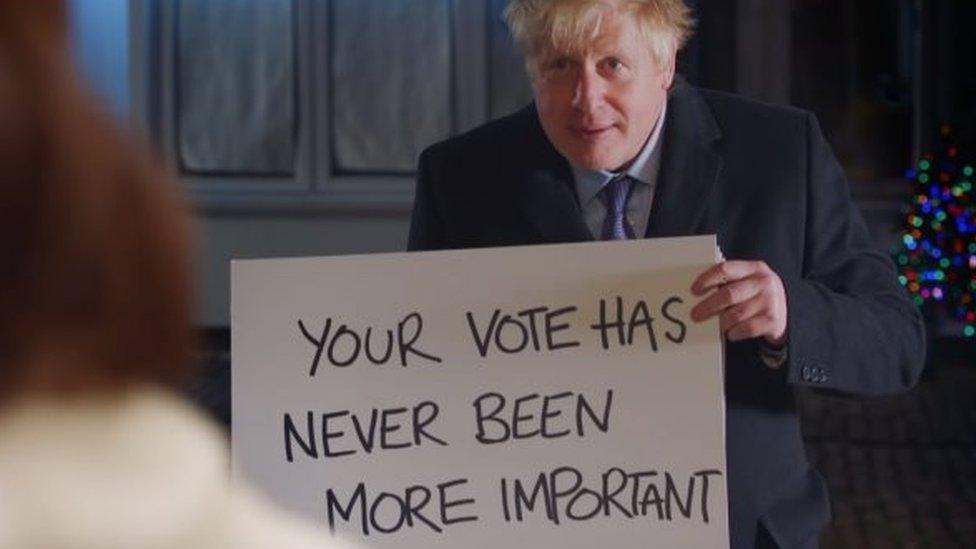
We've seen both sides channel the 2003 romantic comedy Love, Actually, using a famous scene in which a man uses a series of placards to tell a woman he loves her - but adding an election twist.
Labour's Tooting candidate, Rosena Allin-Khan, posted her video first on social media, which showed her targeting a Tory supporter on the doorstep. This was followed by a version from the Conservatives, with Boris Johnson urging voters to back him.
You can see a full list of Tooting candidates here.

We were also treated to Christmas-themed questions from interviewers, including at the first head-to-head live TV debate on ITV - when Boris Johnson and Jeremy Corbyn were asked what presents they would leave under each other's trees this year.
Mr Corbyn went for a copy of Charles Dickens' A Christmas Carol so Mr Johnson "could then understand how nasty Scrooge was".
The PM offered up his Brexit deal as a good read, but when reminded the answer was meant to be non-political, he changed his answer to some damson jam.
Asked on BBC West Midlands Radio what he would get his partner Carrie Symonds for Christmas, Mr Johnson - staying on message - insisted he would "get Brexit done".
Now it's down to voters to decide what election result they want for Christmas.
- Published3 December 2019
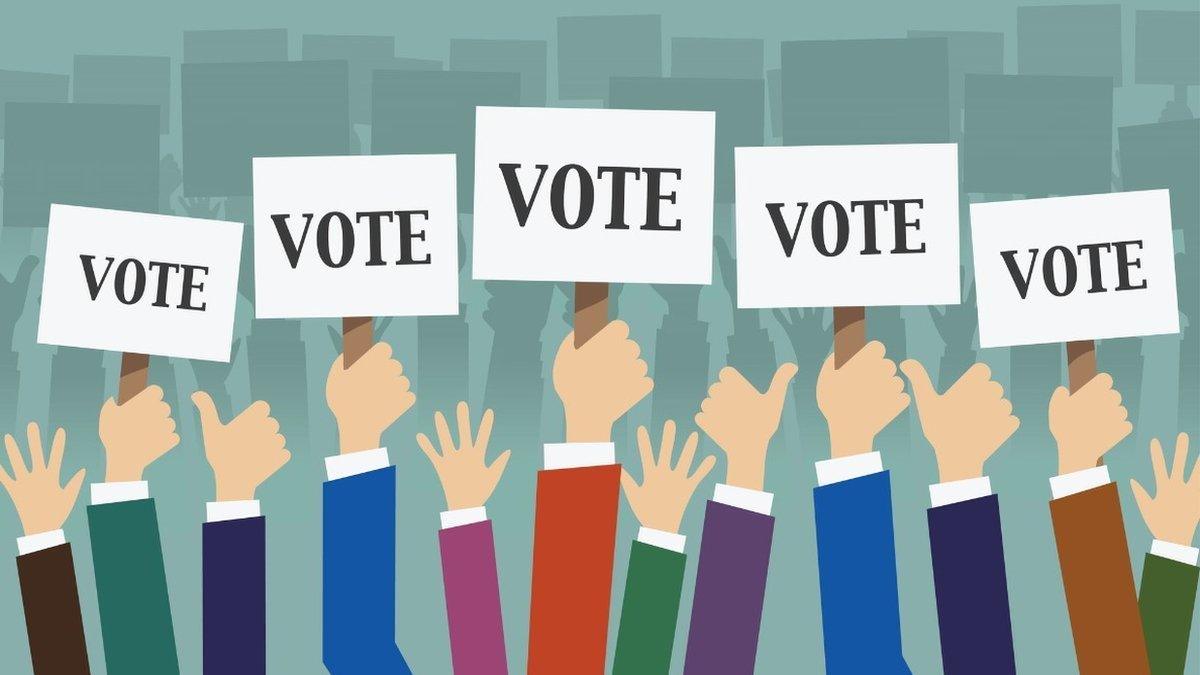
- Published6 December 2019
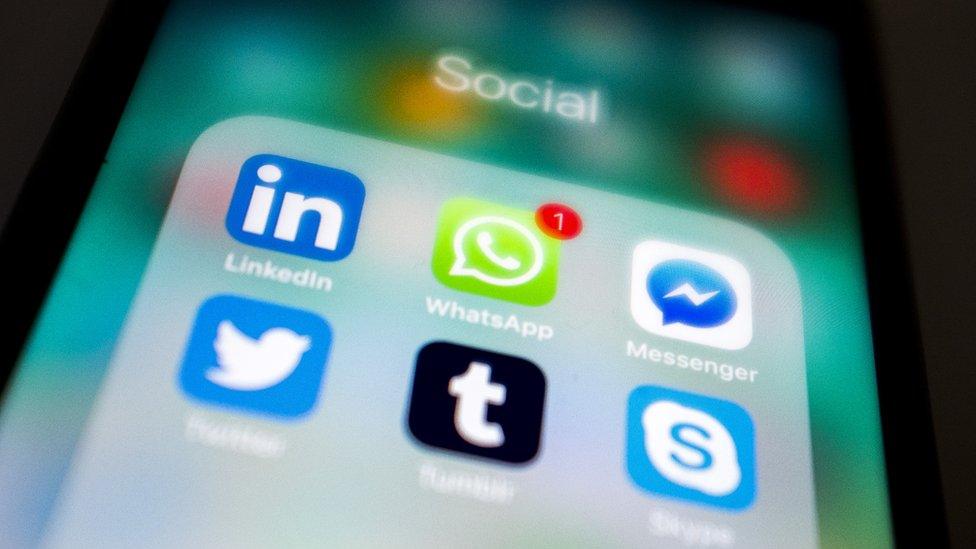
- Published10 December 2019

- Published18 November 2019
